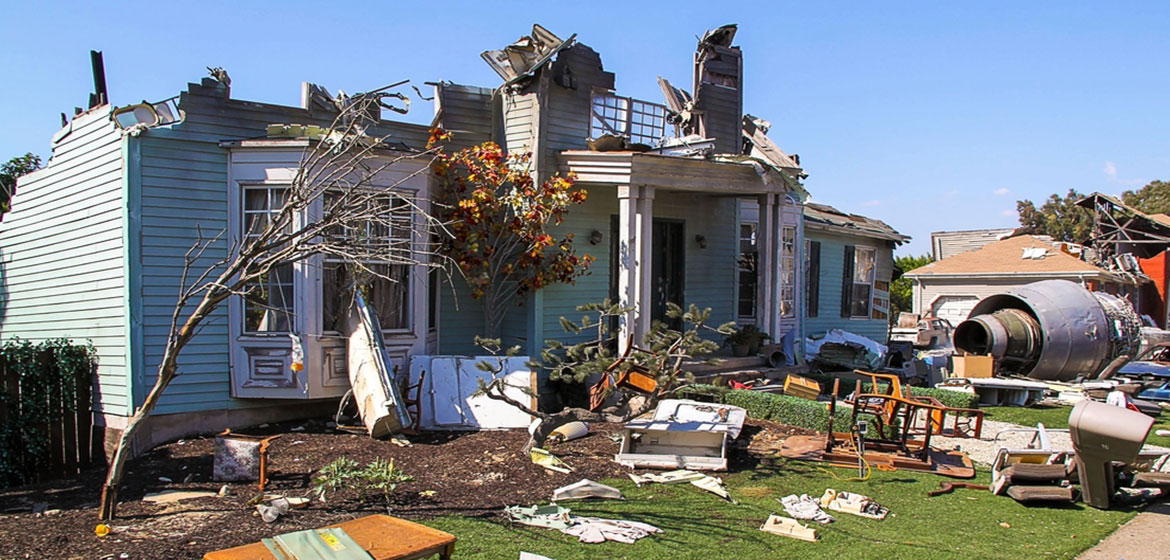Tips And Best Practices For Documenting Hurricane Damage For Insurance Claims

When it comes to filing insurance claims for hurricane damage, proper documentation is key to ensuring a smooth and successful process. Hurricane damage can be extensive and overwhelming, making it crucial to document the damage accurately and thoroughly. In this post, we will provide tips and best practices for documenting hurricane damage for insurance claims, helping policyholders navigate the claims process effectively.
Safety First
Before documenting hurricane damage, prioritize your safety and the safety of others. Ensure that it is safe to enter the property and assess the damage. If there are immediate safety concerns, such as structural instability or electrical hazards, do not proceed and seek professional assistance.
Take Comprehensive Photographs and Videos
Capture the extent of the hurricane damage by taking comprehensive photographs and videos. Start by capturing wide-angle shots of the property, showing the overall damage. Then, focus on specific areas and items that have been affected, such as roof damage, broken windows, flooded areas, or damaged personal belongings. Document the damage from multiple angles and distances to provide a clear representation.
Include Date and Time Stamps
To strengthen the authenticity and validity of your documentation, ensure that your photographs and videos include date and time stamps. This information provides a reference point for the insurance company to establish the timeline of the damage and correlate it with the hurricane event.
Document Pre-Existing Conditions
If your property had pre-existing damage or issues before the hurricane, it is essential to document them separately. Clearly differentiate between pre-existing damage and damage caused by the hurricane. This helps prevent any confusion or disputes during the claims process.
Make Detailed Written Descriptions
Accompany your visual documentation with detailed written descriptions of the damage. Note specific areas, items, or structures affected, as well as the extent of the damage. Provide a thorough account of the damage’s impact on your property, including any safety hazards or potential long-term consequences.
Keep a Damage Inventory
Create a comprehensive inventory of damaged items, including their approximate value and purchase details, if available. Include a detailed description of each item, its condition before the hurricane, and the specific damage caused by the storm. If possible, provide supporting documentation such as receipts, invoices, or appraisals.
Engage Professional Assessors
Consider engaging professional assessors, such as contractors, engineers, or public adjusters, to evaluate and document hurricane damage. Their expertise can provide an objective assessment of the damage, validate your claim, and support your negotiations with the insurance company.
Preserve Evidence
Preserve any physical evidence related to the hurricane damage. This may include damaged materials, broken parts, or samples of debris. Keep them in a safe place until the insurance company or their representatives can inspect and document the evidence.
Maintain Communication Records
Keep a record of all communication with the insurance company, including emails, letters, and phone calls. Document the date, time, and the name of the representative you spoke with. This record ensures that you have a clear timeline of your interactions and can reference important discussions or agreements.
Promptly Report the Claim
Once you have documented the hurricane damage, promptly report the claim to your insurance company. Follow their specific procedures for filing a claim, providing the necessary documentation, and adhering to any deadlines or time limits.
Review and Understand Your Policy
Thoroughly review your insurance policy to understand the coverage and exclusions related to hurricane damage. Familiarize yourself with the deductibles, limits, and any additional requirements or endorsements specific to hurricanes. This understanding will help manage expectations and ensure that you are filing the claim appropriately.
Seek Professional Guidance
If you are unsure about any aspect of the claims process or encounter challenges, consider seeking professional guidance from a public adjuster or an attorney experienced in insurance claims. They can provide valuable expertise, help you navigate complex situations, and maximize your claim settlement.
Documenting hurricane damage for insurance claims is crucial to ensuring a fair and accurate settlement. By following these tips and best practices, policyholders can effectively document the extent of the damage, provide evidence to support their claim, and navigate the claims process with confidence. Remember to prioritize safety, thoroughly document the damage through photographs and written descriptions, engage professional assessors when needed, and maintain clear communication with your insurance company. With proper documentation, you can increase your chances of a successful claim resolution and a smoother recovery process after a hurricane.